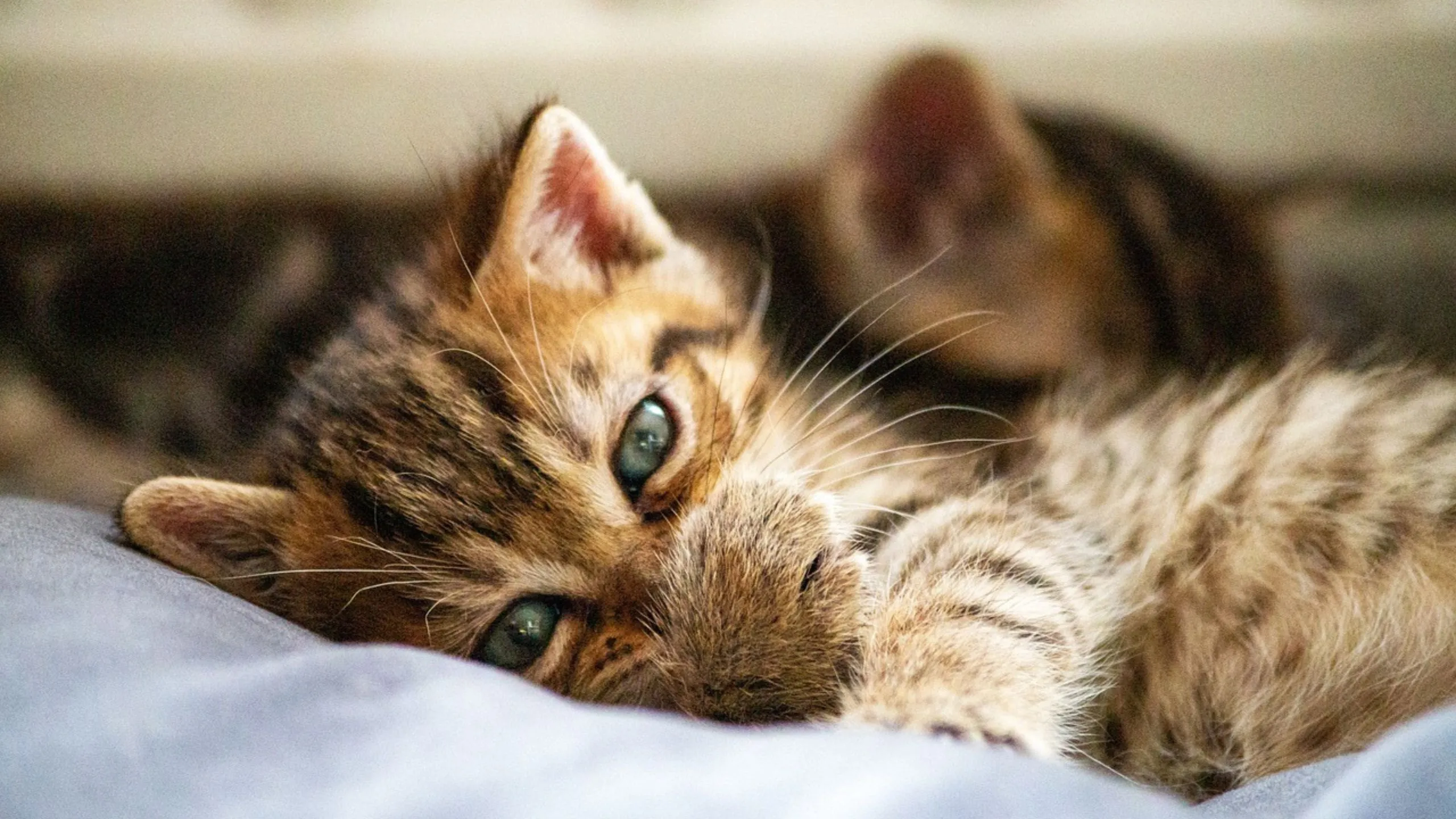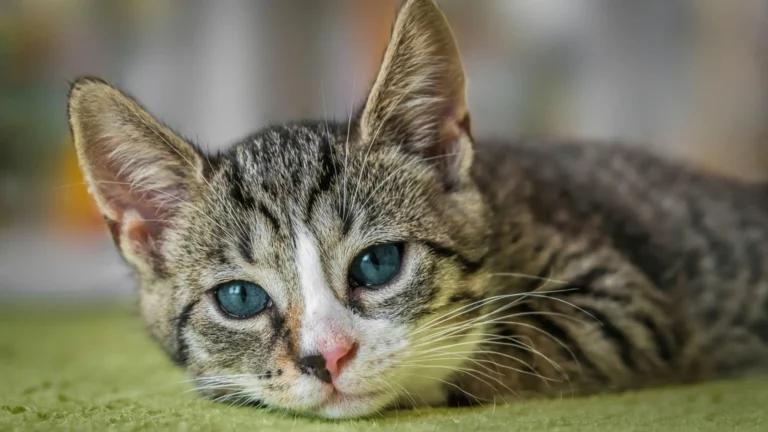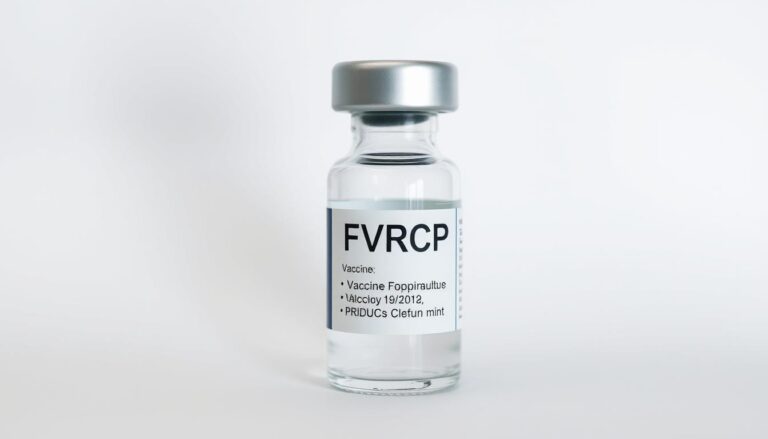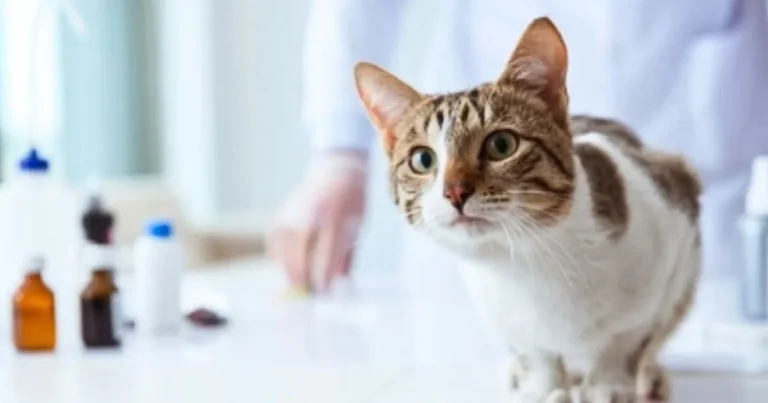Coughing Cat vs. Sneezing Cat: What’s the Difference?
Coughing Cat vs. Sneezing Cat: What’s the Difference?
Every pet owner knows that heart-stopping moment when your beloved cat suddenly starts making unusual sounds. Is it a cough? A sneeze? The worry can be overwhelming, especially when cat respiratory issues seem complex and mysterious.
Understanding why your cat is coughing requires keen observation and knowledge. These respiratory symptoms can range from minor irritations to potential health warnings that demand your attention. Cats communicate through their symptoms, and deciphering these signals is crucial for their well-being.
When you notice your cat experiencing respiratory distress, it’s natural to feel concerned. Whether it’s a persistent cough or an occasional sneeze, each sound tells a story about your feline friend’s health. Recognizing the nuances between these symptoms can help you determine when professional veterinary care is necessary.
Your cat’s respiratory health is a window into their overall wellness. By learning to distinguish between coughing and sneezing, you’ll become a more informed and proactive pet parent, ready to address potential cat respiratory issues before they escalate.
Table of Contents
Understanding Common Respiratory Issues in Cats
Cat respiratory issues can really affect your pet’s health. It’s important to know the signs and causes. This helps catch problems early and get the right care.
Cats can show many respiratory symptoms. Some are minor, but others need vet help right away.
Types of Respiratory Symptoms
Cats may have different respiratory symptoms, including:
- Persistent coughing
- Frequent sneezing
- Wheezing or labored breathing
- Nasal discharge
- Unusual breathing sounds
Impact on Cat Health
Feline upper respiratory infection can really hurt your cat’s health. It can cause:
- Reduced appetite
- Decreased energy levels
- Weight loss
- Potential long-term respiratory complications
Normal vs. Concerning Symptoms
Not every respiratory symptom is a big deal. Occasional mild sneezing or brief coughing might be normal. But, watch for these warning signs:
- Symptoms lasting more than a week
- Difficulty breathing
- Fever
- Significant changes in behavior
If your cat has persistent or severe respiratory issues, see a vet fast. This ensures your cat gets the care they need.
Why Is My Cat Coughing: Common Causes and Triggers
It can be tough for pet owners to figure out why their cat is coughing. Cat coughing can be due to simple irritations or serious health issues. Knowing the reasons behind your cat’s cough is key to their health.
Several key factors can trigger cat coughing, including:
- Respiratory Infections: Viral and bacterial infections can cause significant respiratory distress
- Asthma: A common chronic condition in cats that triggers recurring coughs
- Allergic reactions to environmental irritants
- Heartworm disease
- Foreign objects trapped in the airway
Indoor environments often contribute to why cats start coughing. Dust, cleaning chemicals, perfumes, and cigarette smoke can irritate your cat’s sensitive respiratory system. Cats with pre-existing conditions like feline asthma might experience more frequent coughing episodes when exposed to these triggers.
Some cat coughing causes require immediate veterinary attention. Persistent coughs lasting more than a few days, accompanied by additional symptoms like lethargy, weight loss, or difficulty breathing, could indicate a more serious underlying health issue.
Pet owners should pay close attention to their cat’s coughing patterns. The sound, frequency, and accompanying symptoms can provide valuable insights into potential health concerns. Tracking these details can help veterinarians diagnose and treat respiratory problems more effectively.
Distinguishing Between Cat Coughs and Sneezes
Knowing the difference between cat coughs and sneezes is key to spotting health problems early. Both symptoms seem similar but have clear signs that pet owners should look out for.
It’s not always easy to tell if a cat is coughing or sneezing. Recognizing the signs can help you address your cat’s health fast and right.
Sound Differences
Cat coughing makes a harsh, wheezing sound, like someone clearing their throat. Sneezing, however, is a quick, explosive noise from the nose.
- Cough sounds: Deep, throat-clearing noise
- Sneeze sounds: Sharp, explosive nasal expulsion
Physical Manifestations
When a cat coughs, it might:
- Crouch its body
- Extend its neck
- Gag slightly
Sneezing looks different, with:
- Head tilting forward
- Quick, sudden movement
- Potential nasal discharge
Duration and Frequency Patterns
If a cat coughs for more than a few days or often, it might be sick. Sneezing now and then is normal, but repeated sneezing needs attention.
Persistent respiratory symptoms always recommend consulting with a veterinary professional.
Understanding the differences between cat coughs and sneezes helps you watch your cat’s breathing. This way, you can act quickly if needed.
Upper Respiratory Infections in Cats
Feline upper respiratory infections are common in cats and can harm their health. These infections affect the nose, throat, and sinuses. They cause discomfort and can lead to serious problems for your pet.
The main causes of these infections are:
- Viral agents like feline herpesvirus
- Feline calicivirus
- Bacterial infections such as Bordetella bronchiseptica
Cats can get these infections by touching infected animals or places. Kittens, older cats, and those with weak immune systems are more at risk.
Signs of respiratory issues in cats include:
- Persistent sneezing
- Nasal discharge
- Watery eyes
- Decreased appetite
- Low-grade fever
Spotting these issues early is key to managing them. Vets often suggest hydration, rest, and sometimes medicine. This depends on the infection type.
To keep your cat safe, prevention is best. Vaccines, a clean home, and less stress can help a lot.
Allergens and Environmental Triggers
Cat allergies can really hurt your cat’s breathing. Knowing what causes cat coughing helps keep your home safe for your cat.
Indoor Irritants That Spark Respiratory Challenges
Many things in your home can make your cat’s breathing worse. Cat coughing can be caused by things we think are safe.
- Dust and dust mites
- Cleaning chemical residues
- Scented candles and air fresheners
- Cigarette smoke
- Pet dander from other animals
Seasonal Allergy Factors
Seasons can change how cat allergies work. Pollen, mold, and changing weather can make cats cough and sneeze.
| Season | Primary Allergens | Potential Cat Respiratory Impact |
|---|---|---|
| Spring | Tree and grass pollen | Increased coughing and sneezing |
| Summer | High humidity, mold spores | Respiratory inflammation |
| Fall | Ragweed, leaf mold | Persistent respiratory irritation |
| Winter | Indoor heating dust | Dry air respiratory stress |
Prevention Strategies for Cat Respiratory Health
To keep your cat safe, you need to act early. Here are some ways to lower the risk of breathing problems:
- Use high-quality air purifiers with HEPA filters
- Maintain regular home cleaning
- Avoid strong chemical cleaners
- Create low-allergen spaces in your home
- Monitor your cat’s respiratory responses
“A clean, allergen-controlled environment is the first defense against cat respiratory issues.” – Veterinary Respiratory Specialists
Regular vet visits are key to catching and treating breathing problems early. This keeps your cat healthy and happy for a long time.
When to Seek Veterinary Care for Respiratory Symptoms
Knowing when your cat needs a vet for breathing problems is key to their health. Cat respiratory issues can get worse fast if not treated right away.
Get your cat to the vet right away if they show:
- Persistent coughing that lasts more than a few days
- Hard time breathing or breathing too fast
- Coughing with fever or feeling very tired
- Blood in mucus or phlegm
- Big changes in appetite or losing weight
Some treatments for cat coughing need a vet’s check. Warning signs that mean you need to see a vet fast include:
- Wheezing or high-pitched sounds when breathing
- Blue-tinged gums, a sign of not enough oxygen
- Constant gagging or feeling like they’re choking
- Sudden trouble breathing
Vets can do tests like chest X-rays, blood work, and breathing tests. These help find out why your cat is having breathing problems. Getting help early stops bigger problems and makes sure your cat gets the right treatment.
Remember: Trust your instincts. If something seems wrong with your cat’s breathing, consult a professional veterinarian promptly.
Treatment Options for Coughing and Sneezing Cats
When your cat coughs or sneezes, finding the right treatment is key. Cat respiratory issues can be mild or severe. Each case needs a different approach to care.
Medical Interventions
Vets suggest treatments based on your cat’s symptoms. Common treatments include:
- Antibiotics for bacterial infections
- Antihistamines for allergy symptoms
- Bronchodilators for asthma
- Antiviral meds for viral infections
Home Care Recommendations
Helping your cat recover at home is important. Here are some steps:
- Keep their living space clean and dust-free
- Use a humidifier to help them breathe
- Give them prescribed meds as directed
- Watch their symptoms closely
Long-term Management
Chronic respiratory issues need ongoing care. Your vet might suggest:
| Condition | Management Strategy |
|---|---|
| Feline Asthma | Regular inhaler treatments, environmental control |
| Allergic Reactions | Identifying and removing triggers, potential immunotherapy |
| Chronic Respiratory Infections | Periodic check-ups, immune system support |
“Early detection and consistent treatment are key to managing your cat’s respiratory health.” – Veterinary Respiratory Specialists
Understanding these treatment options can help your cat breathe better. It ensures they live a happy, healthy life.
Prevention and Management Strategies
To keep your cat healthy, you need to act early. Cat respiratory issues can be tough, but you can prevent them. Knowing how to protect your cat is key to their health.
Good cat care starts with regular vet visits. These visits help catch problems early. They also help manage allergies and respiratory issues.
- Schedule annual comprehensive health screenings
- Keep vaccination records current
- Monitor environmental conditions
- Maintain a clean living space
Keeping your cat’s environment clean is important. Here are some ways to reduce risks:
| Prevention Strategy | Key Actions |
|---|---|
| Air Quality Control | Use HEPA air purifiers, avoid smoking indoors |
| Allergen Reduction | Regular cleaning, dust-free bedding |
| Stress Management | Create calm environment, minimize sudden changes |
If your cat has breathing problems, you need a special plan. Work with your vet to create a care plan. This plan will focus on your cat’s allergies and breathing issues.
What your cat eats and drinks matters too. Choose food that boosts their immune system. Make sure they drink enough water to keep their breathing system strong.
Conclusion
Figuring out why your cat is coughing is important. Cat respiratory issues can be mild or serious. Watching your cat’s breathing and symptoms closely is key to their health.
Watching over your cat’s respiratory health is crucial. If they cough or sneeze a lot, see a vet fast. Knowing when to worry helps you take care of your cat’s health.
Preventing respiratory problems is the best way to go. Regular vet visits, a clean home, and avoiding irritants help a lot. Early action and expert advice keep your cat happy and healthy.
Be aware, watchful, and ready to act for your cat’s respiratory health. With the right steps, your cat can breathe better and live a happier life.







